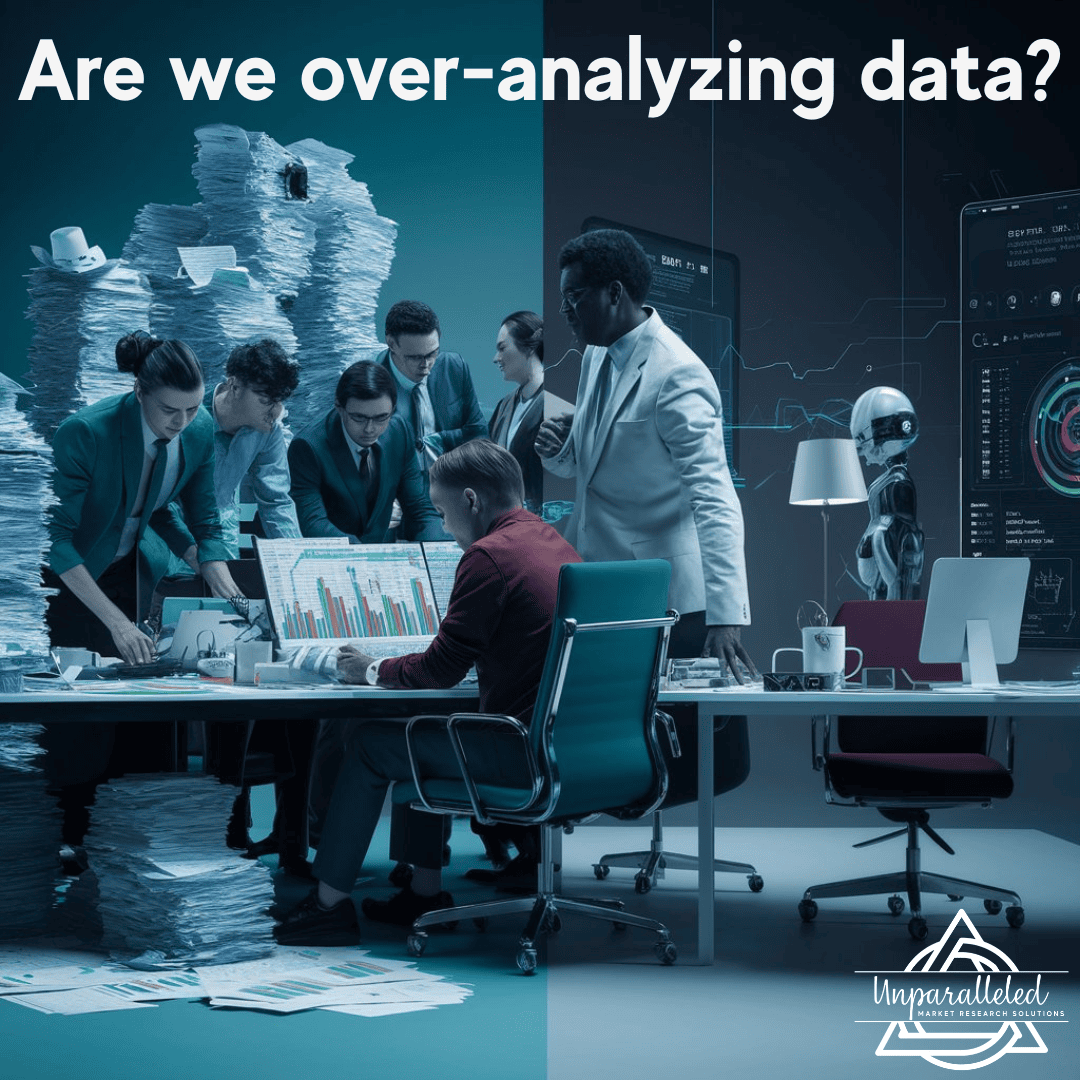
AI in Market Research: Are We Over-Analyzing Data?
AI in Market Research: Are We Over-Analyzing Data?
The Power of AI in Data Analysis
AI's ability to analyze large datasets in real-time has transformed #marketresearch. Machine learning algorithms can identify patterns, trends, and anomalies that human analysts might miss. Predictive analytics enables businesses to forecast future trends and make informed decisions. Sentiment analysis tools can gauge public opinion from social media, reviews, and other online content, providing a comprehensive understanding of consumer behavior.
When Does Data Analysis Become Too Much?
However, the question arises: when does data analysis become too much? The concept of "analysis paralysis" refers to a state where over-analyzing data leads to #decisionmaking delays and inefficiencies. This can happen when businesses rely too heavily on AI-generated insights without considering the practical implications or when they become overwhelmed by the sheer volume of data.
- Decision-Making Delays: If the decision-making process is consistently slowed down by extensive data analysis, it might be time to reassess your approach.
- Information Overload: Too much data can lead to information overload, where important insights are buried under less relevant information.
- Loss of Focus: When the focus shifts from actionable insights to analyzing every possible data point, it can lead to a loss of strategic direction.
- Resource Drain: Excessive data analysis can consume significant resources, both in terms of time and money, without corresponding benefits.
Striking the Right Balance
- Define Clear Objectives: Establish clear objectives for your data analysis efforts. Focus on what you need to know to make informed decisions rather than analyzing data for the sake of it.
- Prioritize Actionable Insights: Concentrate on insights that have practical implications for your business. Avoid getting bogged down in data that doesn’t drive action.
- Set Time Limits: Set reasonable time limits for data analysis to prevent it from becoming an endless process. Make decisions based on the best available information within the set timeframe.
- Use AI as a Tool, Not a Crutch: AI should enhance human decision-making, not replace it. Use AI-generated insights as a starting point and apply human judgment to interpret and act on them.
- Continuously Review and Adjust: Regularly review your data analysis processes and adjust them as needed. Stay agile and be willing to change your approach based on what works best for your business.
The Benefits of Balanced Data Analysis


